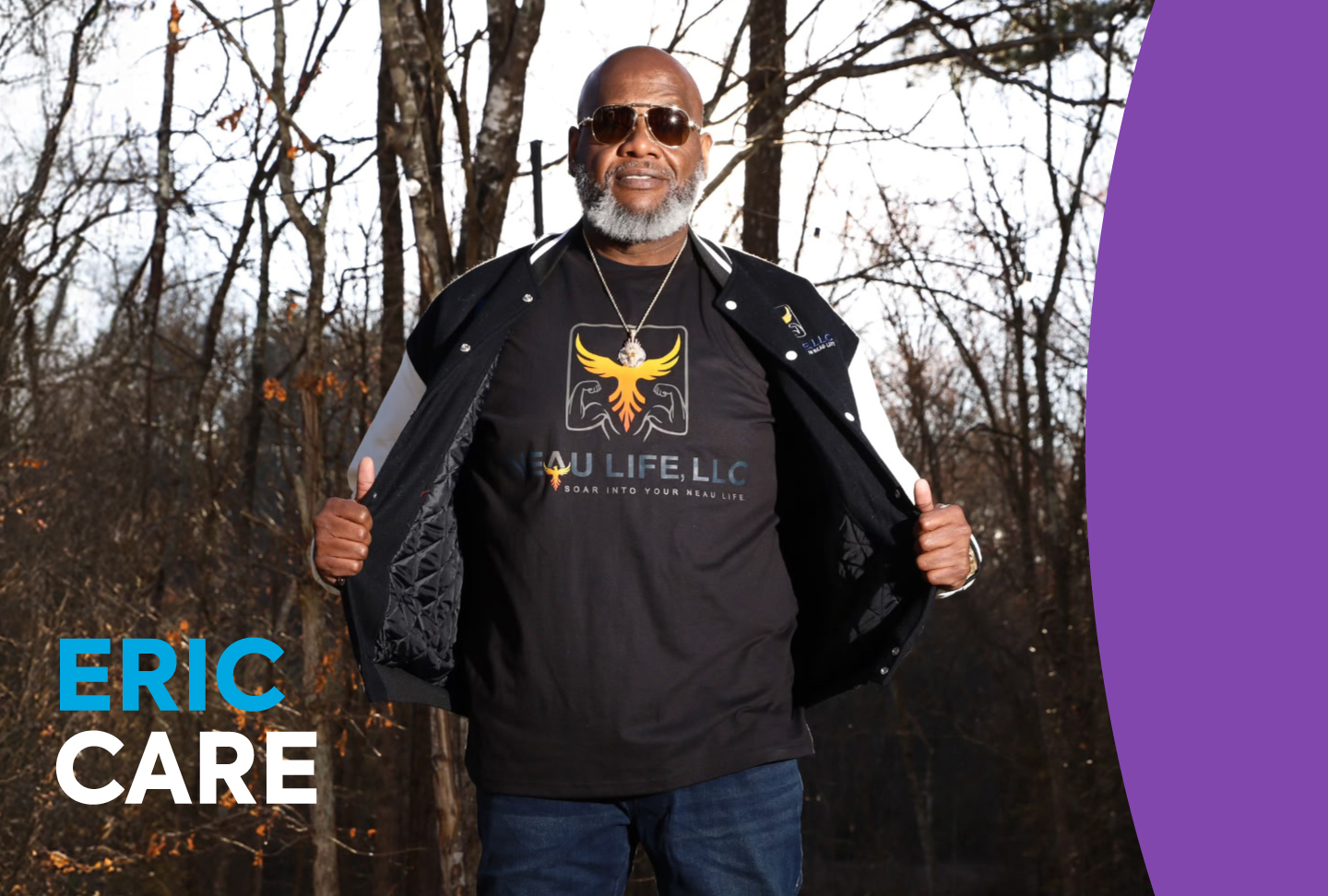No one expects to have a stroke—much less one that is rare or complicated to treat. However, these life-threatening medical events can happen to anyone, at any time.
That’s why Wellstar now offers the highest level of stroke care at three locations: Wellstar Kennestone Regional Medical Center, Wellstar MCG Health Medical Center and Wellstar North Fulton Medical Center. Here, patients have access to cutting-edge treatments, advanced technology and an expert neuro team, ready to treat even the most complex strokes.
Our primary stroke centers—including Wellstar Cobb, Wellstar Douglas, Wellstar Spalding and Wellstar West Georgia Medical Centers—are also poised to deliver high-quality stroke care where it’s needed most.
“Wellstar has nine hospitals that provide stroke care in our network,” said Dr. Rishi Gupta, director of stroke care at Wellstar.
Wellstar is the leading provider of stroke and aneurysm services in the state and performs one of the highest numbers of thrombectomy and aneurysm treatments in the country.
Life-saving care close to home
When a stroke threatens your life and brain, the neuro specialists at Wellstar have the expertise and experience to treat even the most complex cases.
At our Comprehensive Stroke Centers, the neuro teams use state-of-the-art therapies and technologies to care for strokes faster and more effectively. These include:
- Neuro Intensive Care Units – These treatment zones have a multidisciplinary team of physicians, neurologists and nurses who specialize in neurocritical care.
- Minimally-invasive treatment – Wellstar is one of only a few programs in the state that offer neuroendovascular treatment, such as thrombectomies. That means we can provide critical care to the brain without fully opening a patient’s skull.
- Cutting-edge imaging – Neurointerventional biplane imaging shows detailed, 3D views of blood vessels in the brain. This technology can help neurosurgeons pinpoint clots and customize care in real-time.
- Around-the-clock care – With artificial intelligence and constant EEG monitoring, our team can identify a stroke and provide care as quickly as possible.
The future of fighting strokes
With new neurotechnology, Wellstar is changing how strokes are diagnosed and treated locally and across the country.
“We’re now able to do things like telestroke, which allows remote physicians to provide the same level of care while in the emergency room of another hospital,” Dr. Gupta said.
“With artificial intelligence, our team can look at images and assist physicians in rural communities. This technology can determine if a patient experiencing a stroke should seek a higher level of care in a metropolitan area.”
Remember, while Wellstar jumps into action at the first signs of a stroke, stopping one starts with you. Learn signs to spot a stroke or ways to prevent a stroke before it begins.





